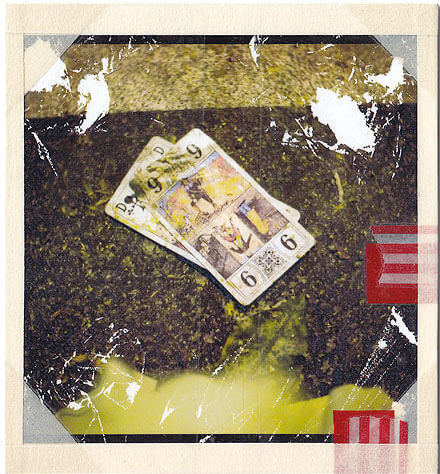Using adhesive tape to manually process my photographs, open to influences from street art and video, the medium of photography is for me not only limited to truth-seeking but is also a toy to create and play. Both conceptual and experimental, definitely non-conventional, my work documents, recycles and collects the visual anachronisms of a world in a perpetual mutation.
For the past decade K-narf has lived and exhibited worldwide including Japan, Australia, France, Singapore, USA and Italy.
His exhibitions, often taking the form of ephemeral installations, are shown without distinction in a plant still in operation, an old theatre, Art galleries, Art biennales or an abandoned garage. His work has been shown at�the Museum of Contemporary Art in Scottsdale (US), the Museum of Sydney, �the Japan Foundation for the Arts, The Yves Klein Archives, �Issey Miyake (Paris), the Clic gallery in NYC as well as a solo show during the Arles photo festival.
